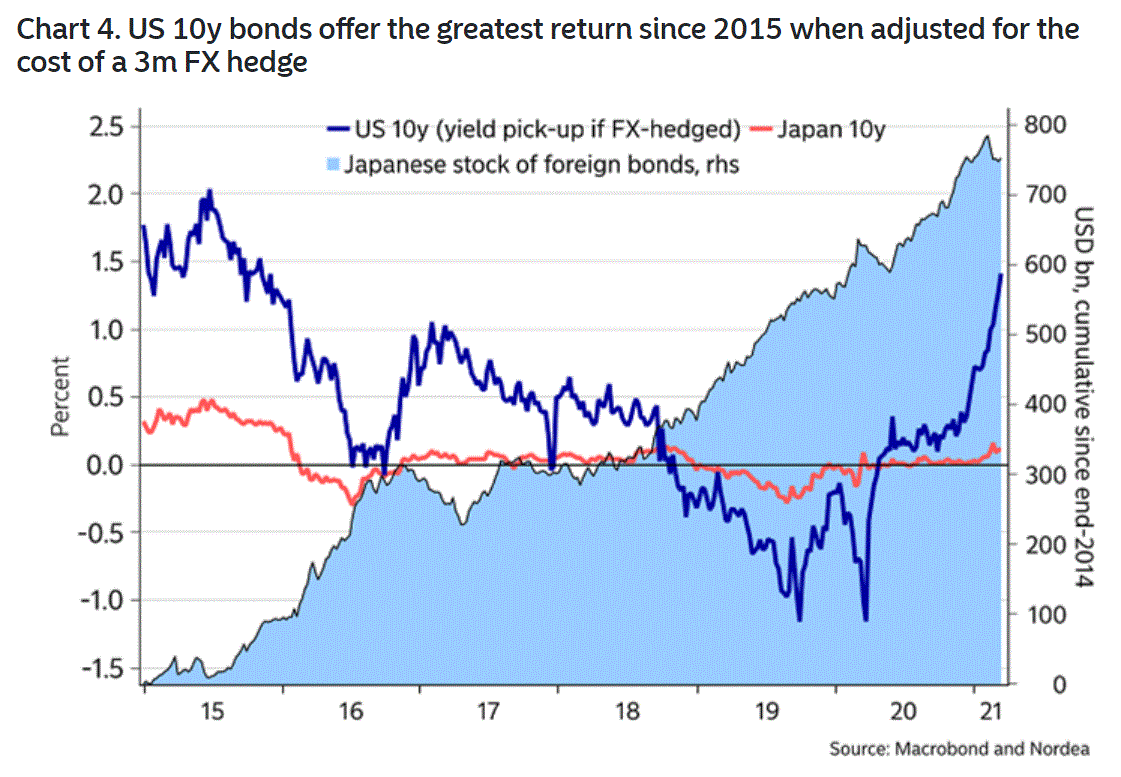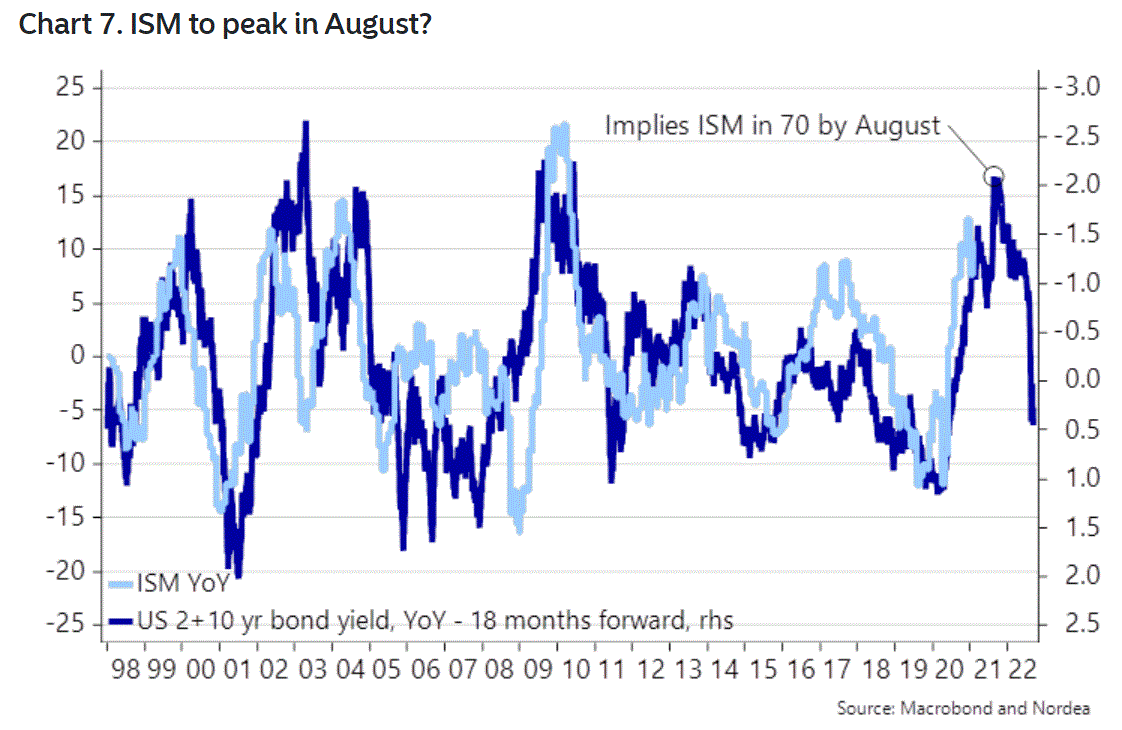Pre-Easter trading had a still strong US dollar as jobs growth accelerated dramatically. Nonetheless, the Australian dollar held at the bottom of its recent trading range around 76 cents. Then last night the US dollar swooned as oil was whacked. To the charts:
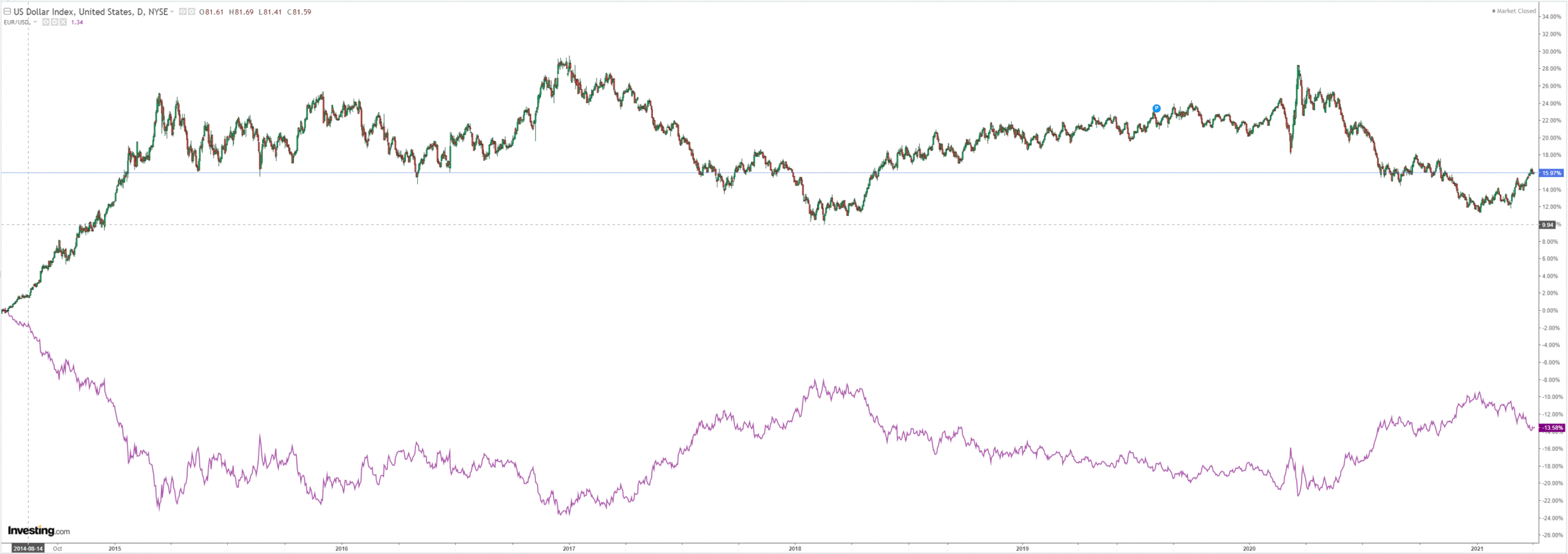
The Australian dollar held the neckline of its head-and-shoulders top again:
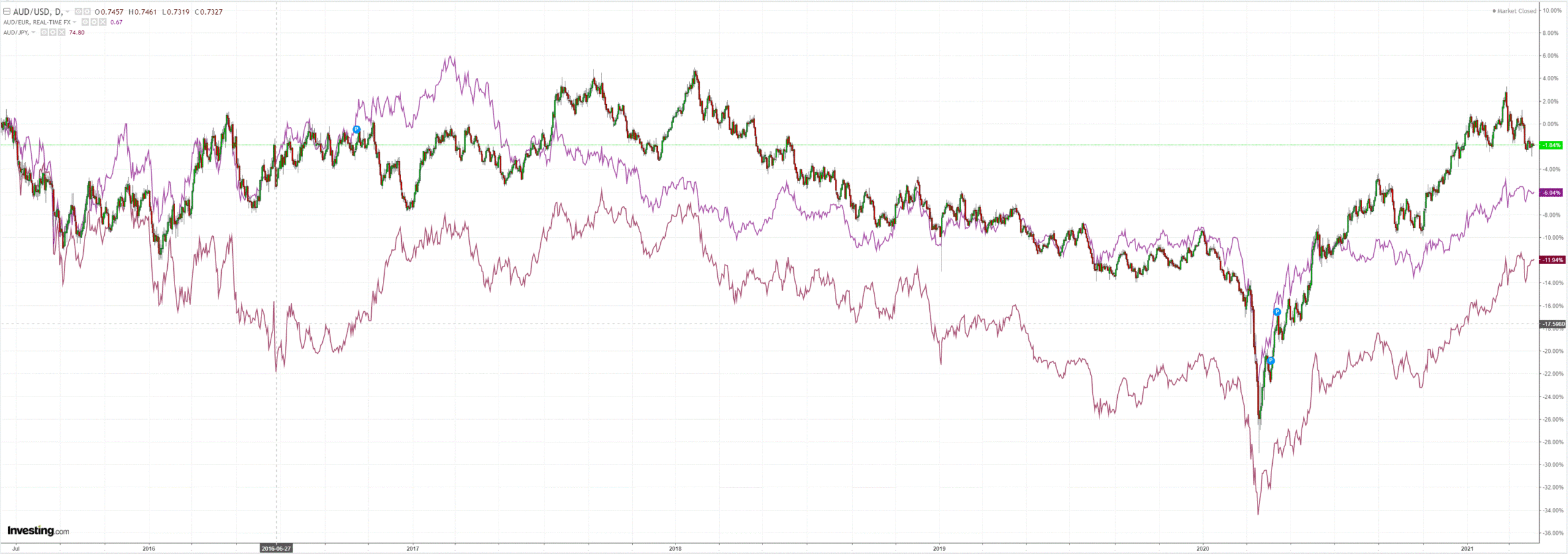
Oil was firm, gold stable:
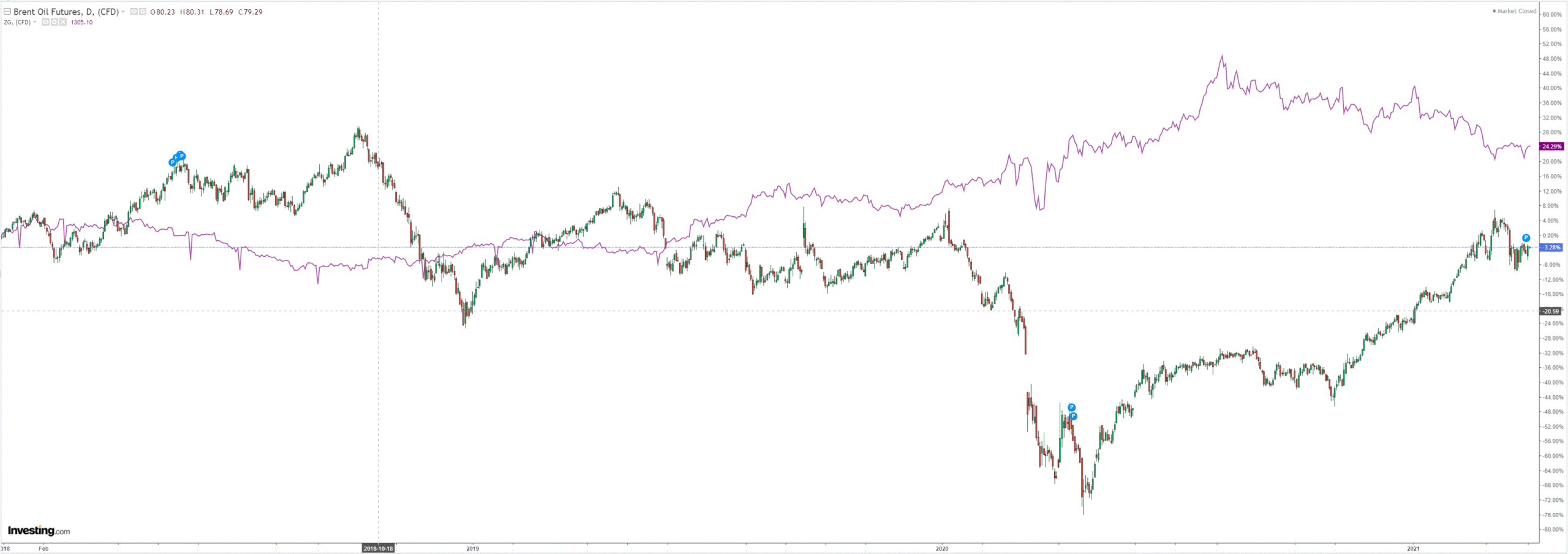
Base metals were stable:
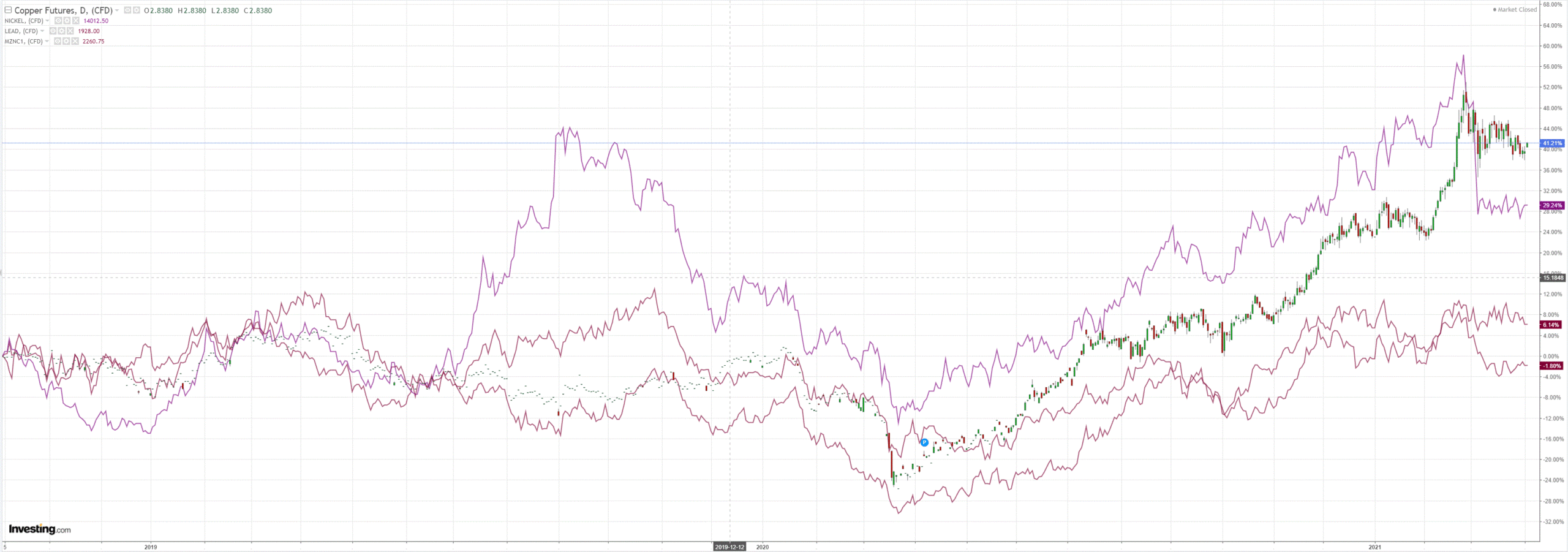
Big miners mixed:
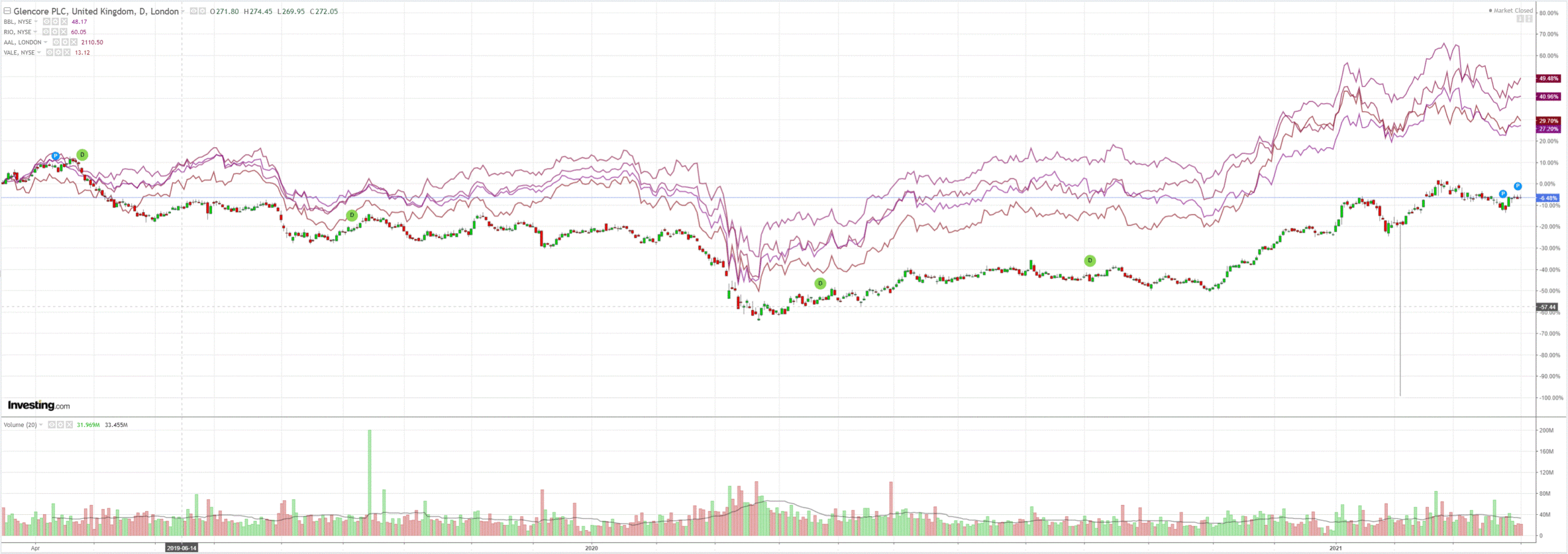
EM stocks jumped:
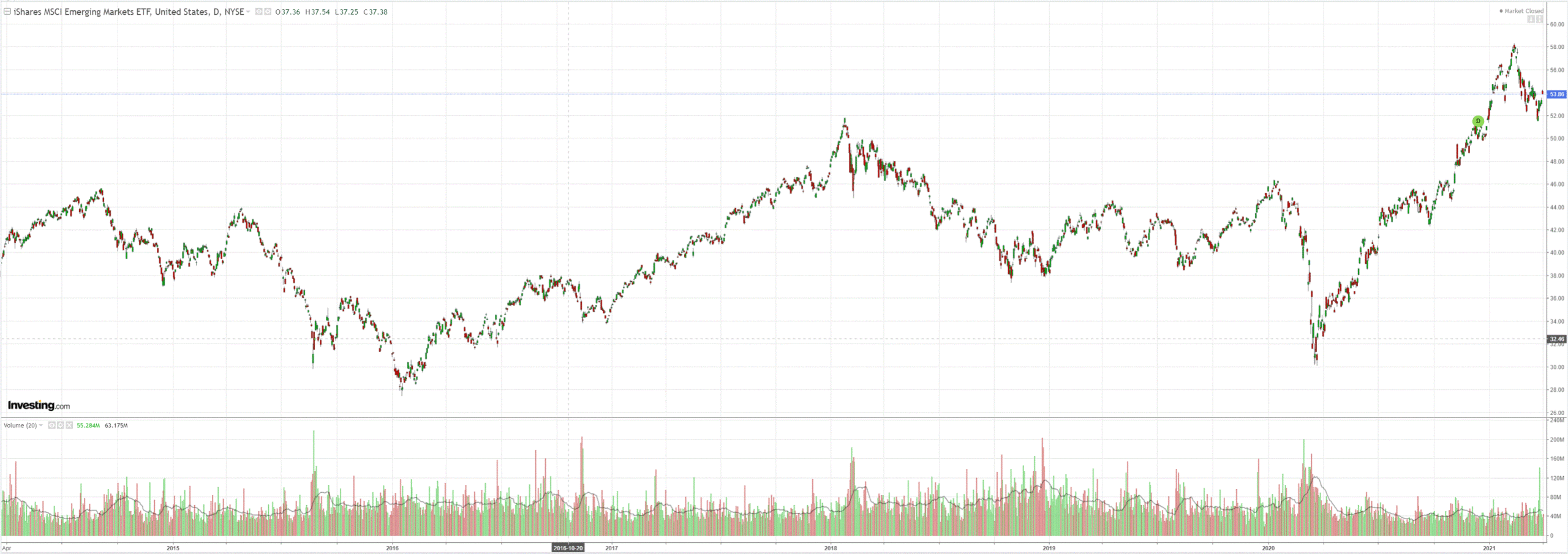
Junk is fine:
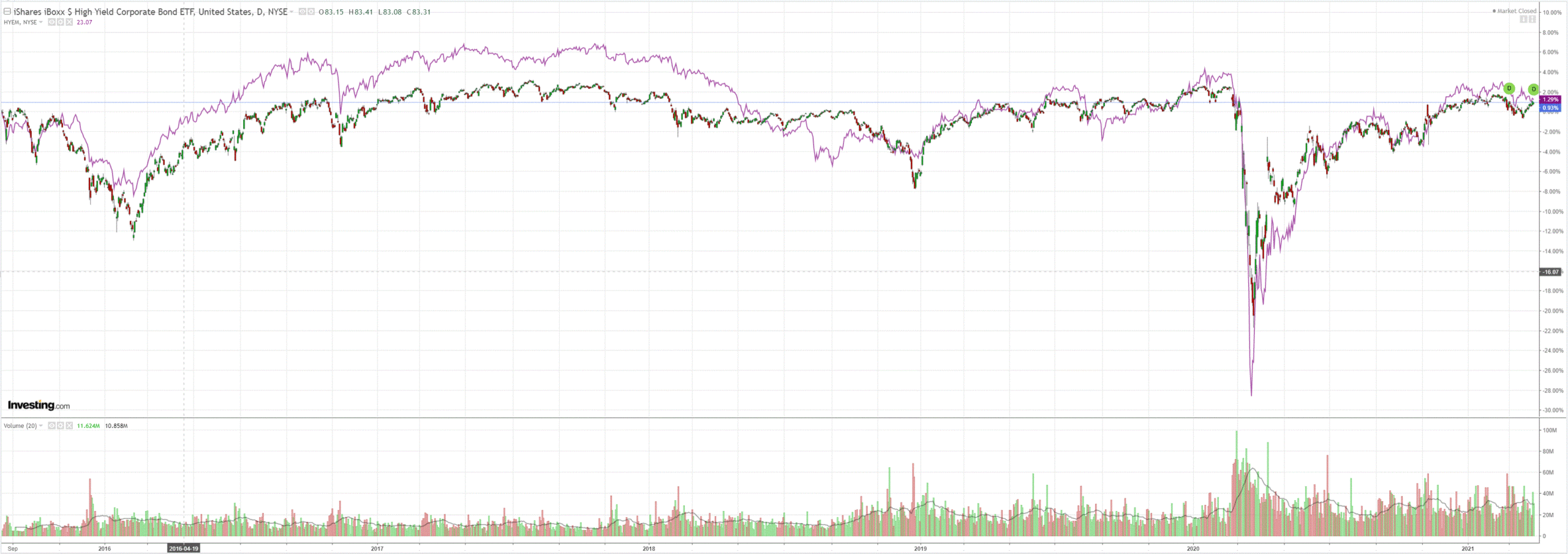
US yield curves are flattening at the long-end as the belly steepens:
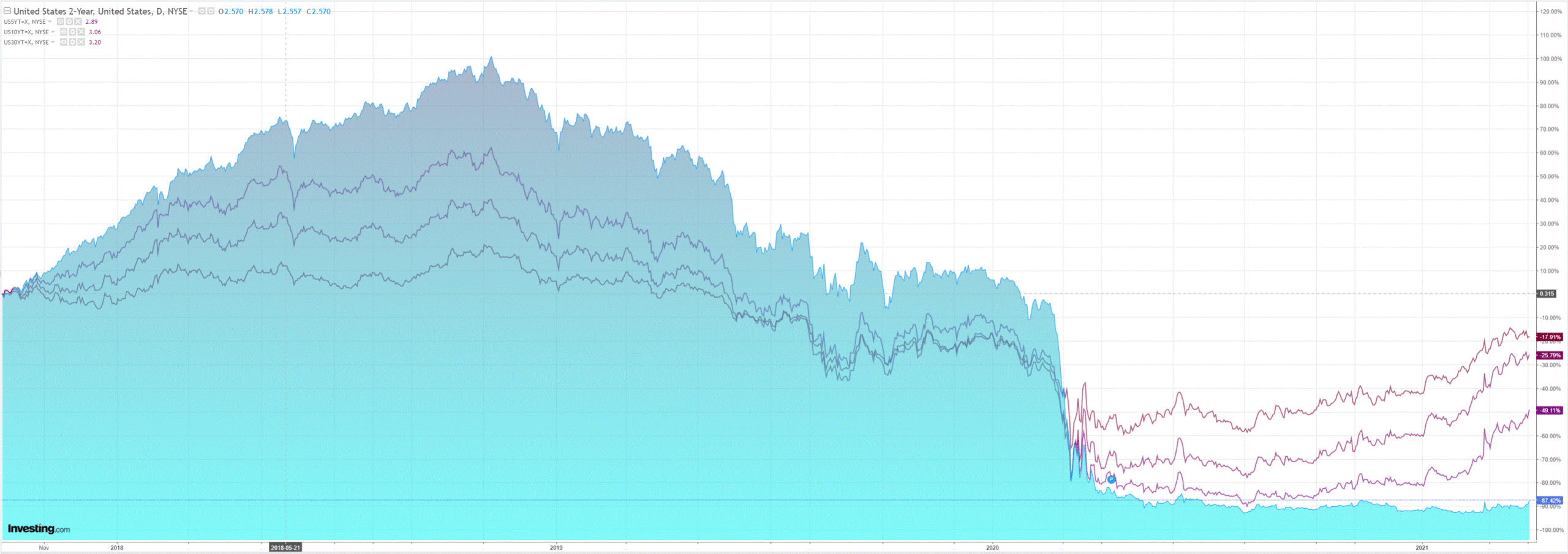
Stocks partied like its 1999:
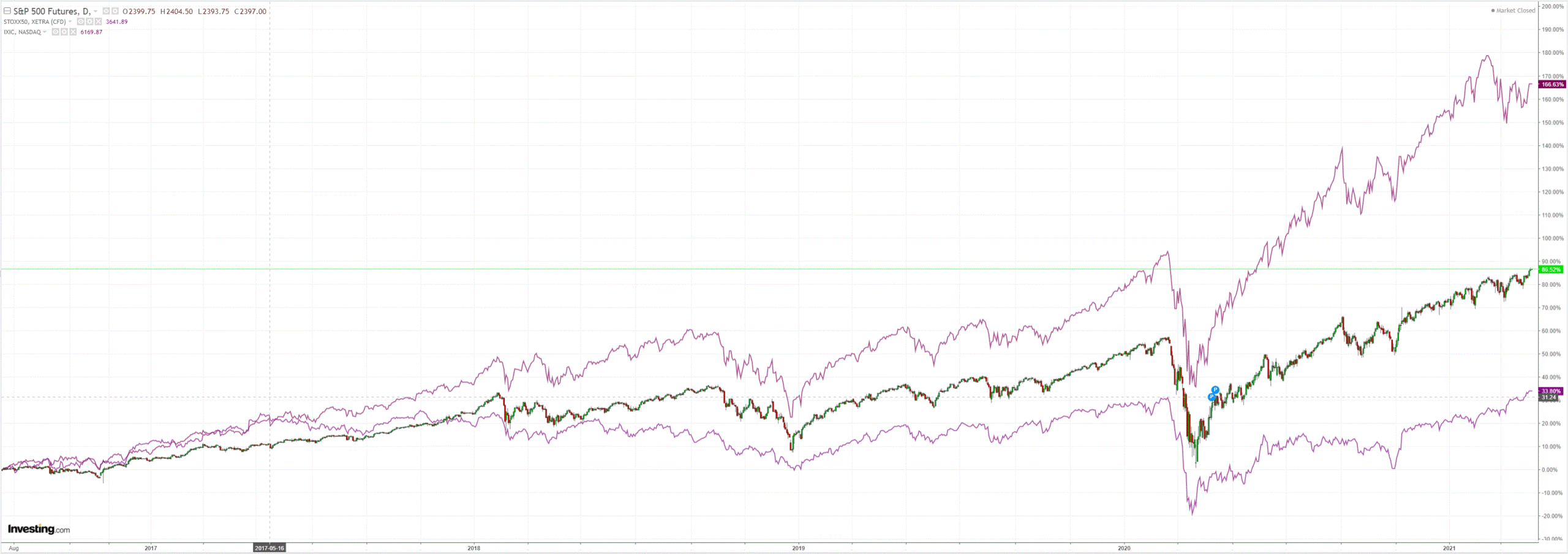
The US jobs report came in very strong with 916k jobs added and a 6% unemployment rate. There is still considerable shadow slack.
That was well ahead of consensus numbers so DXY dutifully followed jobs higher. Though the AUD did not get hit.
Let’s turn to the Goldman capitulation:
USD: Closing commodity FX basket trade; eyeing expressions for European recovery. After a choppy few months we are closing our recommended USD short trade, expressed vs a basket of G10 commodity currencies (AUD, CAD,NOK, & NZD). The trade is up about 5% since inception (in early October), but roughly flat since the start of the year. Although we still expect these currencies to appreciate vs the Dollar over the coming quarters, firm US growth and rising bond yields may keep the greenback supported over the short-term. Beyond the next few weeks we think the main opportunity in G10 FX markets will be positioning for the likely recovery in European activity. Vaccinations are set to accelerate significantly in April and May, and past experience suggests current lockdowns will lower covid case numbers relatively soon. Accelerating European growth should help unwind some of the divergence with the US priced into domestic yield curves, as well as support commodity prices and risky assets generally. Therefore, despite the recent pullback, we are keeping our 3m and 12m EUR/USD forecasts unchanged at 1.21 and 1.28, respectively. Clear evidence that Europe’s covid situation is getting under control would likely warrant fresh USD short recommendations.
Hmm. If the European recovery is the next play in the Amphetamine Cycle then it’s time to get longer the Australian dollar again. Rising EUR yields will eat into the developing US yield advantage:
My own view remains that there is more upside ahead for US growth, inflation and yield exceptionalism. A few charts from Nordea tell the tale:
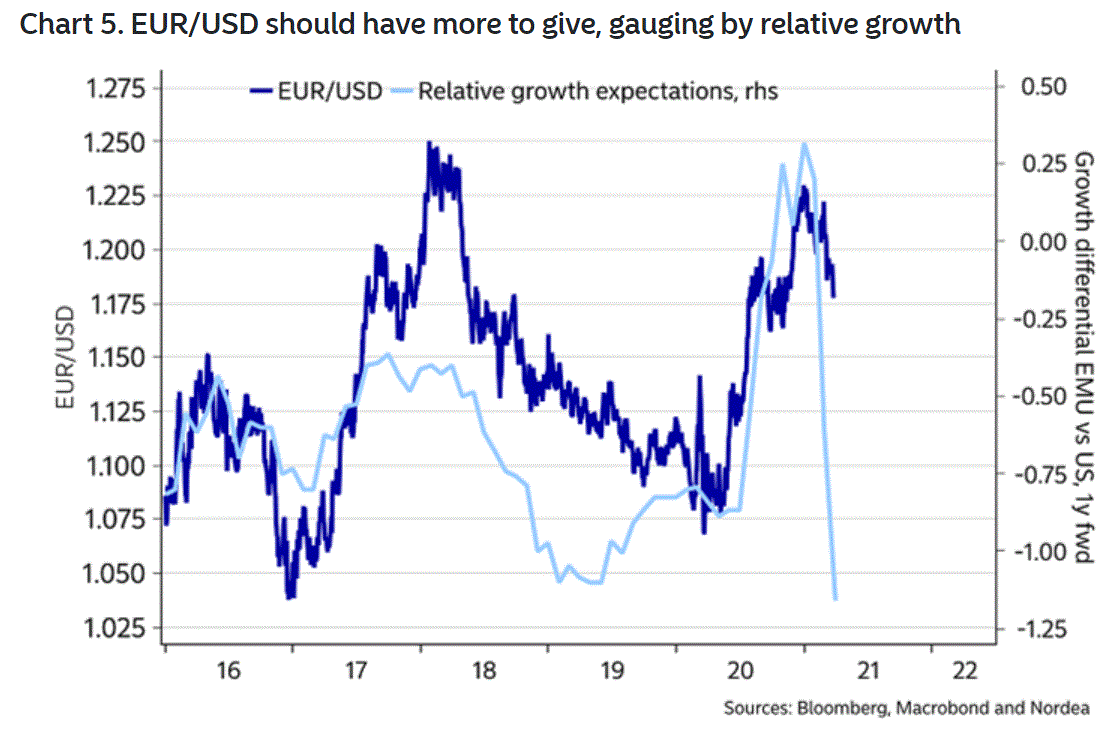
That said, I can see merit in the Goldman argument of a relative improvement in European fundamentals entering H2 as the US fiscal tail gale diminishes before the next round of infrastructure stimulus kicks in. As well, the US inflation pulse will have peaked by then, as will the catch-up growth pulse:
But, crucially, by then I also expect Chinese growth to be slowing as its incipient credit tightening starts to impact. Therefore, although we may see a pause or correction in the DXY bull market as Europe bounces, we should also be seeing real economic impacts hurting commodities, most notably of the bulk variety.
I remain of the view that the Australian dollar has peaked and further downside is the base case.


